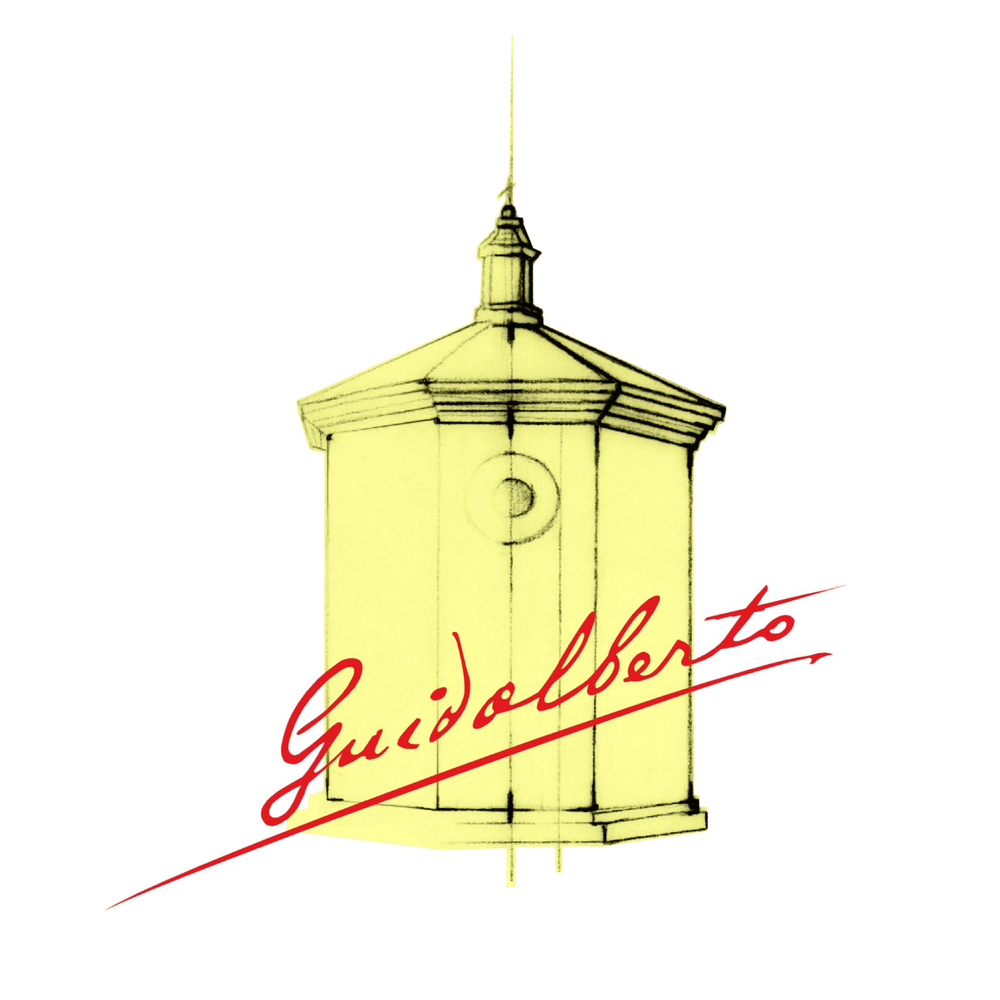Vintage
GUIDALBERTO 2017
CLASSIFICATION
IGT - Toscana
FIRST VINTAGE ON THE MARKET
2000
GRAPES
Cabernet Sauvignon, Merlot

Guidalberto
SOIL STYLE
The soils on which the vineyards stand has varied and complex terrain features with a strong presence of limestone, feature areas rich in marl and pebbles as well as being partly clayey; they sit at an altitude of between 100 and 300 metres above sea level, with a south/south-west exposure.
WEATHER TRENDS
2017 was rather warm, but in many respects substantially different to previous years, such as 2003 or 2012. The autumn and the first part of the winter were characterised by cold temperatures, affected by tramontana winds and average rainfall. These conditions allowed for a vegetative halt, contained the main vine pests and kept soil water reserves in balance.
The bizarre weather at the beginning of spring, with temperatures that were already well above average at the end of March, conditioned the good flowering but also the fruit set, resulting in smaller bunches and fewer grapes.
The summer continued with sunny days, warm temperatures and no rain until the end of July. In mid-August, with the start of the phenolic ripening of the grapes, the arrival of a disturbance from the Atlantic, which brought rain for 2 or 3 days and caused temperatures to drop significantly, created the ideal conditions to favour the completion of the phenolic ripening of the grapes, rather than the technical ripening.
The fluctuating day and night temperatures that occurred from mid-August until the end of September favoured the development of primary and secondary aromas, and equally determined the rise in acidity that was truly indispensable to give freshness and elegance to the musts.
HARVESTING
Harvesting, strictly by hand, began with the Merlot at the end of August and continued from September with the Cabernet Sauvignon.
FERMENTATION
Grapes and berries were sorted and carefully selected by hand using a sorting table. Gentle pressing and destemming of the bunches to prevent the grapes from breaking and excessive release of tannins. Alcoholic fermentation occurred in stainless steel vats at a controlled temperature maintained at around 26-28°C, without any addition of external yeasts. Maceration in this vintage was around 12-15 days for the Merlot grapes and 10-13 days for the Cabernet Sauvignon grapes, to limit excessive tannin release in a vintage that certainly was not lacking anthocyanins. Frequent pumping over and off-loading ensured greater aromatic expression of the musts. Malolactic fermentation, which began at the beginning of November, was also completely carried out in steel vats, after which the musts were placed in barriques for ageing.
AGEING
Once malolactic fermentation was complete, the wine was placed in French oak barriques, and a small part in American oak, where it was aged for a period between the 20 and 25 months. The duration of the ageing is technically decided on the basis of the seasonal trend of the vintage.